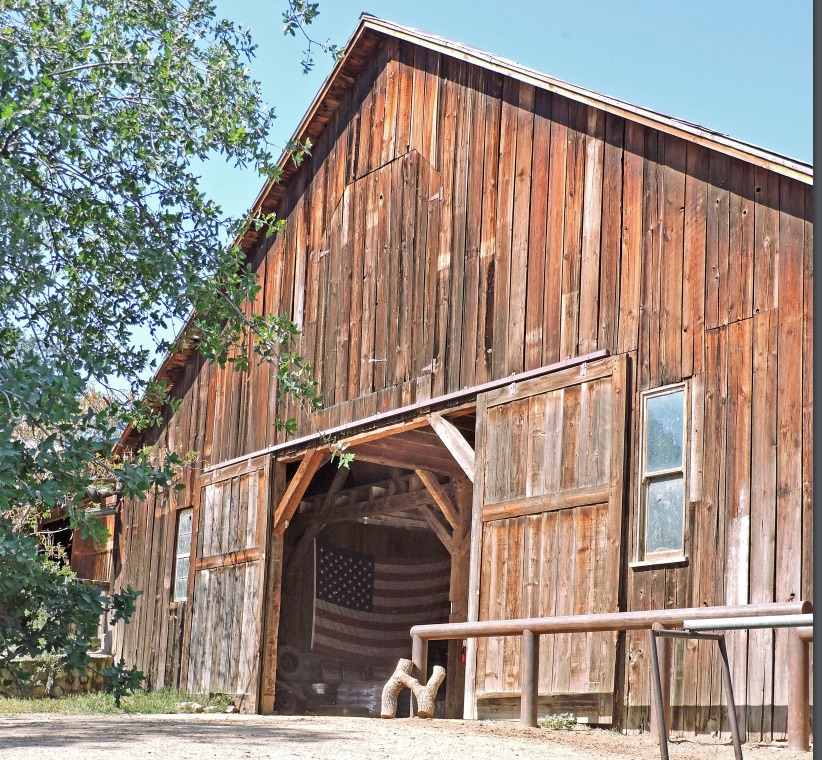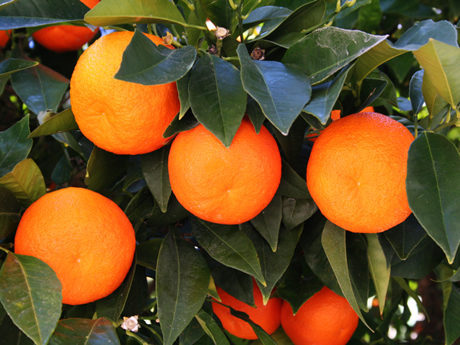Tulare Calendar Highlights Growing Good Things
Calendar Art Winner Recognized on National Ag Day
By Tulare County Farm Bureau
Winners of the 2018 Calendar Art Contest hosted by Tulare County Farm Bureau (TCFB) with sponsorship from the Tulare County Office of Education were honored with a special presentation during a Board of Supervisors meeting on National Ag Day, Tuesday, March 20.
Over 800 Tulare County students from 39 schools submitted entries for TCFB’s annual art contest by the February 15 deadline. The goal of the contest is to promote awareness about agriculture in Tulare County and the importance of an abundant and healthy food supply.
The students were asked to submit original artwork depicting this year’s theme, “Tulare County Agriculture…Growing Good Things.” All entries were judged by a panel of representatives from the TCFB’s Education Committee. Winning artwork was chosen based on the agricultural content, originality, neatness and reproducibility.
Overall winner Joshua Talingo Garcia, an 11th grader from Orosi High School, is no stranger to the contest. He was the 2017 November winner and the 2016 back cover winner. This year, his artwork is featured on the cover of the calendar and he received a $50 cash award. Additional student artists, listed below, received a $25 prize and their artwork is featured inside the calendar as monthly winners.
Each year, the 12-month calendar (April through March) is printed and distributed to schools throughout the county and is available to the public at no cost. For a copy of the 2018-2019 TCFB Agricultural Art Calendar, please contact the Tulare County Farm Bureau at 732-8301. The culmination of TCFB’s art contest is one way the organization celebrates National Ag Day.
Winners:
Cover Winner – Joshua Talingo Garcia, 11th Grade, Orosi High School
January – Michelle Park, 6th Grade, Hurley Elementary School
February – Fernando Garcia, 12th Grade, Orosi High School
March – Ashley Carrion, 6th Grade, Tipton Elementary School
April – Christian Carlos, 11th Grade, Orosi High School
May – Mia Machado, 3rd Grade, Sequoia Union Elementary School
June – Julie Castillo, 8th Grade, Alpine Vista School
July – Adyson Hensley, 5th Grade, Rockford Elementary School
August – Hannah Shackelford, 6th Grade, Golden Oak Elementary School
September – Mylee Primm, 8th Grade, La Joya Middle School
October – Phoenix Datig, 2nd Grade, Three Rivers Elementary School
November – Anthony Tamayo, 11th Grade, Orosi High School
December – Eveny Leon, 2nd Grade, G.L. Snowden Elementary School
Back Cover – Branson Campbell, 8th Grade, La Joya Middle School



















